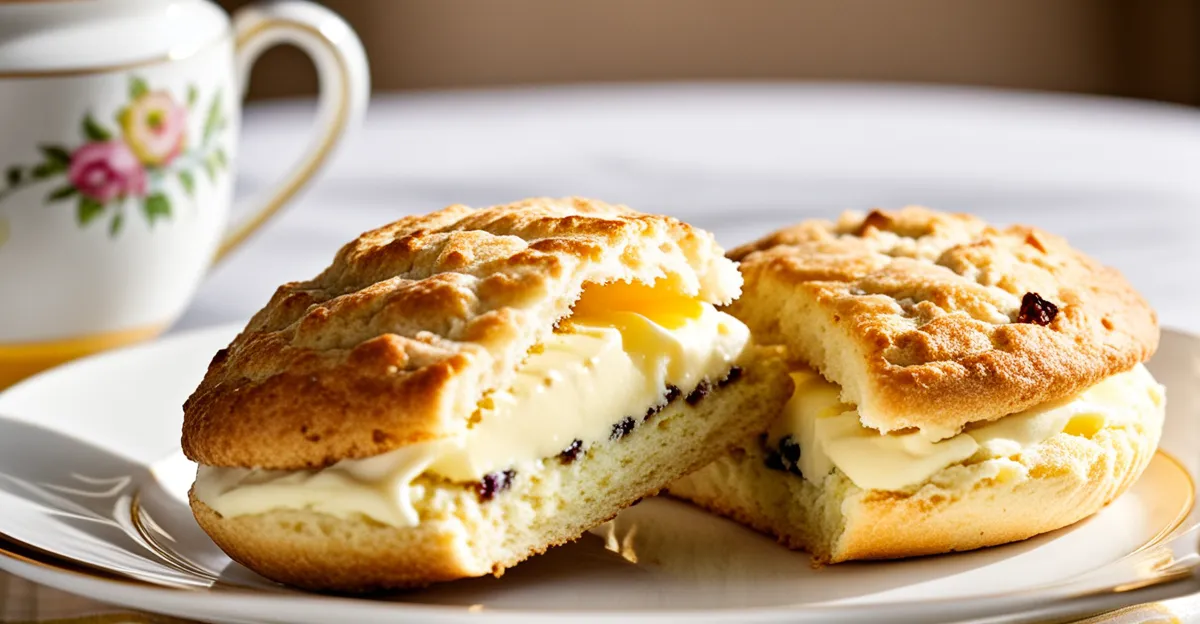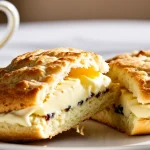Step-by-step guide to baking fluffy, light scones
Mastering a fluffy scone recipe begins with selecting essential ingredients. Use cold, unsalted butter cut into small cubes, as this creates pockets of steam for lift. Choose self-raising flour for slight rise and soft texture. Adding just the right amount of milk and baking powder ensures light scones that rise well without becoming dense.
When mixing your dough, avoid overworking it. Combine dry ingredients first, then gently fold in butter using fingertips or a pastry cutter until the mixture resembles coarse crumbs. Slowly add cold milk, folding lightly just until the dough comes together. This technique keeps the dough light and aerated.
Also read : How do you infuse modern twists into classic British scones?
Shape the dough gently on a floured surface without excessive kneading. Cut scones with a sharp cutter and space them out on the tray to allow heat circulation.
Bake at a high temperature—around 220°C (425°F)—for 12 to 15 minutes. This promotes a golden crust while maintaining a soft, fluffy crumb inside. Correct baking time and temperature are vital; too low or too long causes dry, heavy scones, while too short or high can yield undercooked centers. Following this step-by-step scone guide makes perfect light scones suitable for any delectable afternoon tea spread.
Topic to read : How do you prepare a traditional afternoon tea with a contemporary flair?
Common mistakes to avoid for soft scones
Advice to ensure your scones stay light and tender
One of the most frequent scone baking tips is to avoid overmixing the dough. When you overwork it, gluten develops excessively, resulting in dense scones rather than the desired fluffy scone recipe. Mixing ingredients just until combined keeps the texture soft and light.
Using cold ingredients is crucial for light scones. Cold butter creates steam pockets as it melts in the oven, helping the dough rise and produce a tender crumb. Similarly, cold milk prevents the dough from warming up prematurely, which can affect rise and texture.
Another common scone mistake is baking at the wrong temperature or too long. Baking light scones at too low a temperature dries them out, while too high can make them tough on the outside and undercooked inside. Follow a moderate baking time around 12 to 15 minutes at 220°C (425°F) for perfect results.
Avoid these mistakes in your step-by-step scone guide to consistently produce soft, airy scones that complement any afternoon tea spread perfectly.
Serving ideas for afternoon tea scones
Delight your guests with a perfectly presented array of afternoon tea scones. Classic toppings like clotted cream, strawberry jam, and softened butter complement the delicate crumb of light scones beautifully. For authenticity, spread the cream first and top with jam, or reverse the order depending on tradition.
When arranging scones for afternoon tea presentation, place them on tiered stands or pretty plates to add elegance. Space scones apart so their fluffy texture remains visually inviting. Small bowls of toppings nearby encourage guests to personalize their scones.
To elevate these traditional favourites, consider flavour variations and add-ins such as lemon zest, fresh berries, or a hint of vanilla in your fluffy scone recipe. These subtle touches bring fresh bursts of flavor while maintaining the lightness and tenderness crucial to your scones.
Exploring creative toppings like honey, curd, or whipped cream also enhances each bite. This versatility makes serving scones a fun opportunity to impress and cater to different tastes during afternoon tea gatherings. Your step-by-step scone guide comes full circle by showcasing both technique and enjoyment of these quintessential teatime treats.






